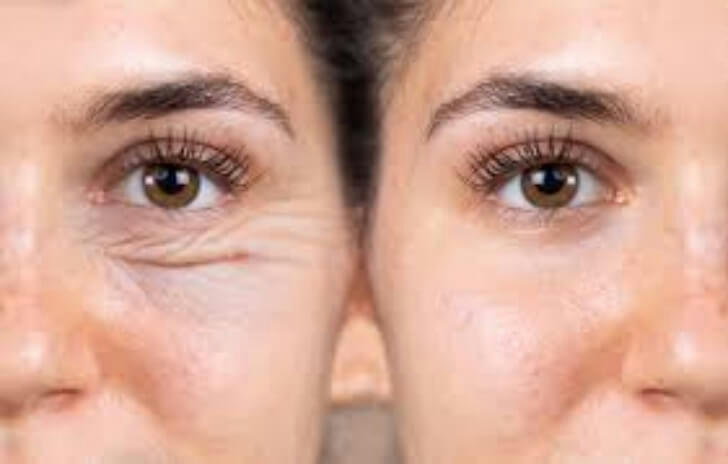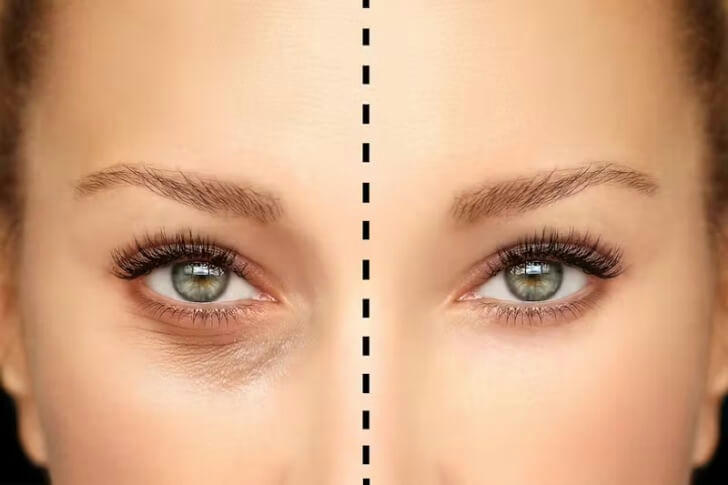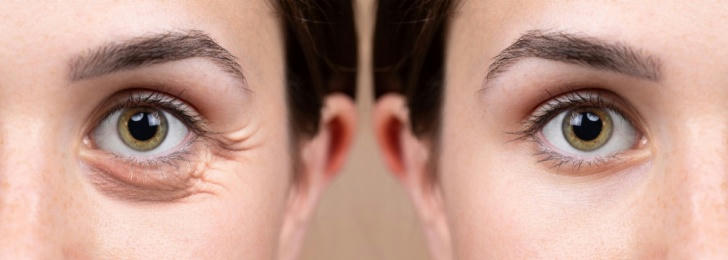Say Goodbye to Tired Eyes: Eyelid Surgery That Rejuvenates
Eyelid surgery, also known in medical terms as blepharoplasty, has gained substantial traction as a favored intervention among cosmetic surgeries. In a society increasingly focused on maintaining a youthful appearance, the eyes — as the focal point of one’s face — bear significant attention. Common issues such as drooping eyelids and pronounced under-eye bags not only age the face but also impart a perennially fatigued and weary expression. These concerns stem from a combination of factors including aging, genetics, and lifestyle habits. Eyelid surgery stands out as a procedure that not only addresses these aesthetic issues but also enhances the overall quality of life, sometimes even serving as a medical necessity.

What Is Eyelid Surgery?
At its core, blepharoplasty involves the strategic removal or repositioning of excess skin, muscle, and fat around the eyelids. This can be beneficial for both aesthetic improvements and functional restoration, particularly for individuals whose vision is partly obstructed by sagging eyelids.
Definition and Technical Principles
Eyelid surgery entails a surgical alteration of the eyelid area, predominantly focused on the removal of skin, and occasionally fat and muscle. The surgery is designed to be minimally invasive, with incisions placed in natural creases to reduce visible scarring. The procedure usually requires local anesthesia and can often be completed in a matter of hours, making it one of the more straightforward cosmetic surgeries.
Modern blepharoplasty might also utilize advanced techniques such as laser technology or radiofrequency to either assist in the incision process or enhance healing. This integration of technology aims to improve precision in results and reduce recovery times.
Suitable Candidates
Candidates for blepharoplasty often exhibit noticeable changes due to aging: skin laxity, fat accumulation, and drooping can significantly alter expression and impair vision. Additionally, individuals with hereditary conditions that affect the appearance of eyelids are potential candidates. A comprehensive health evaluation and a balanced expectation of the outcomes are essential for anyone considering this surgery. Ideal candidates are typically in good health, non-smokers, and without severe eye conditions.
Advantages of Eyelid Surgery
Improvement in Aesthetic Appearance
The most immediate and striking benefit of eyelid surgery is the rejuvenation of facial appearance. Effective removal or repositioning of sagging eyelids and the reduction of eye bags create a refreshed and more youthful look. Photo documentation—often through before-and-after comparisons—highlight the dramatic differences achievable with this procedure. Such visual evidence often serves as a decisive factor for potential candidates contemplating the surgery.
Improved eyelid aesthetics not only enhance facial symmetry and balance but also contribute to a well-rested appearance. This illusion of rest and vitality is often noticeable despite the absence of actual increased restfulness, thereby enhancing social interactions and professional engagements.
Psychological and Lifestyle Benefits
Beyond the physical enhancements, patients frequently report significant psychological benefits following eyelid surgery. There is an evident increase in self-confidence and a positive impact on social and professional interactions. Satisfaction surveys consistently report a high degree of contentment among patients who have undergone this procedure, with many expressing that the surgery has led to positive changes in their personal and professional lives.
These improvements in self-esteem and confidence often contribute to a higher quality of life. The notion of presenting a youthful, alert appearance can influence not only external perceptions but also internal self-efficacy, altering one’s outlook and behavior.
The Surgical Process and Recovery

Pre-Surgery Preparations
Before undergoing surgery, patients partake in comprehensive consultations with their surgeons. These meetings are designed to clarify the surgical process, set realistic expectations, and tailor the procedure to individual needs. The surgeon will review the patient's medical history and conduct a physical examination, focusing specifically on the eyes. Ensuring understanding and agreement during these consultations mitigates misunderstandings and aligns outcomes with expectations.
Additionally, pre-operative instructions might include lifestyle adjustments, such as dietary changes or medication restrictions. Avoidance of smoking and cessation of specific blood-thinning medications are common requirements, aimed at optimizing surgical safety and enhancing recovery efficiency.
Steps in the Surgical Procedure
The surgical process, whether addressing the upper eyelids, lower eyelids, or both, typically involves placing incisions along natural eyelid creases or just below the lashes to conceal scarring. The surgeon meticulously trims and repositions skin, muscle, and sometimes fat. Innovations like endoscopic techniques or laser-assisted incisions may be employed to enhance precision and reduce trauma to surrounding tissues.
The procedure’s duration depends on its complexity, often ranging from one to three hours. Patients typically undergo local or general anesthesia, ensuring comfort throughout the process.
Post-Surgery Recovery and Care
Recovery from eyelid surgery generally involves a relatively short downtime. Initial swelling and bruising are expected, typically receding within a couple of weeks. Patients are prescribed ointments to minimize infection risk and advised to use cold compresses to alleviate swelling.
Care instructions stress the significance of maintaining head elevation to promote healing and reduce swelling. Patients are guided to avoid strenuous activities initially and adhere to follow-up appointments for optimal recovery monitoring.
Potential Risks and Solutions
Intraoperative and Postoperative Risks
As with any surgery, blepharoplasty carries potential risks, although they are relatively minimal with skilled practitioners. Common issues include infection, bruising, dry eyes, and slight asymmetry. These complications are largely preventable through comprehensive pre-operative evaluations and rigorous adherence to post-operative guidelines.
Choosing the Right Professional Team
Selecting a qualified, board-certified surgeon is critical to achieving desired outcomes and minimizing risks. Patients are encouraged to research thoroughly, reviewing the surgeon’s experience, credentials, and previous results. Engaging with a professional who demonstrates a comprehensive understanding of the procedure ensures a high standard of care and improved patient safety.
User Stories and Case Analysis

Successful Outcomes
Numerous case studies showcase the transformative potential of eyelid surgery, with patients experiencing not only aesthetic enhancements but also improved psychological well-being. Testimonials often highlight increased confidence and better social interactions post-procedure, reinforcing the comprehensive benefits of the surgery. Successful cases also provide prospective patients with visual evidence of achievable outcomes, aiding in informed decision-making.
Lessons from Adverse Outcomes
There are instances where outcomes may not align with expectations, often due to unrealistic goals or insufficient post-operative care. These cases emphasize the importance of transparent communication between patients and surgeons and showcase the necessity of following medical advice rigorously. In situations of unexpected results, patients benefit from support and the possibility of follow-up procedures to rectify any issues.
Conclusion
Blepharoplasty offers profound benefits by rejuvenating facial appearance and improving quality of life, making it a compelling option for those seeking relief from tired-looking eyes. While considering such a procedure, comprehensive consultations with skilled professionals are essential to align expectations with feasible outcomes. Eyelid surgery is not merely about aesthetic enhancement; it is a comprehensive approach to improving an individual’s interaction with the world, providing them with confidence and an invigorated outlook on life.
Continued research and advancements in surgical techniques promise to refine these procedures further, enhancing safety and outcomes for future patients seeking this transformative solution to tired eyes.
